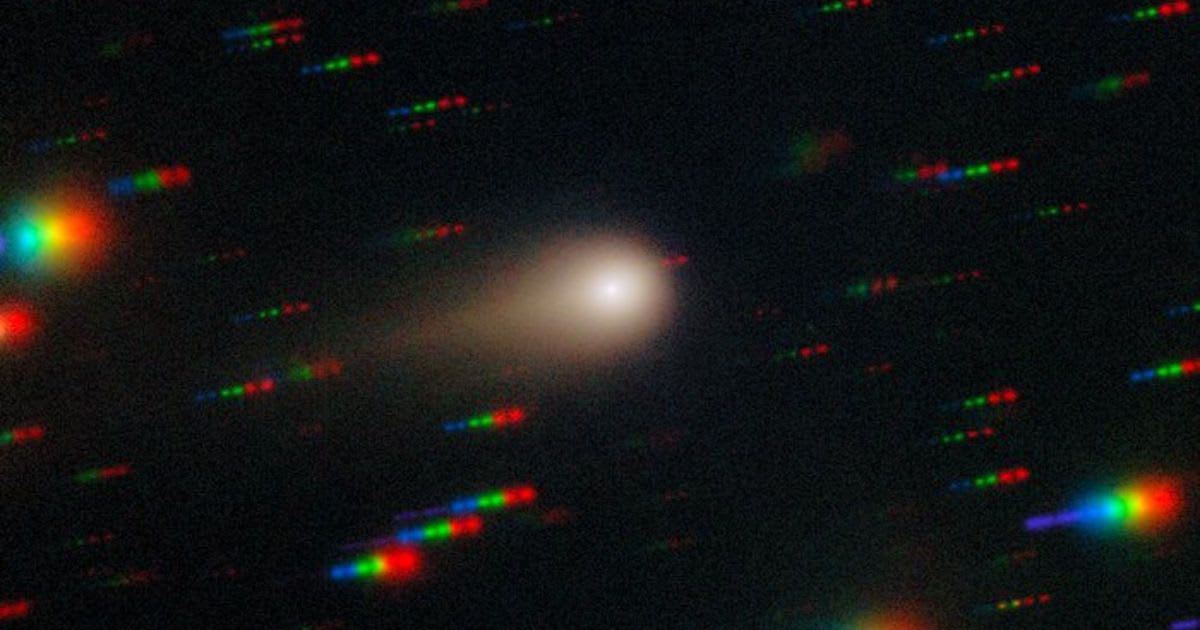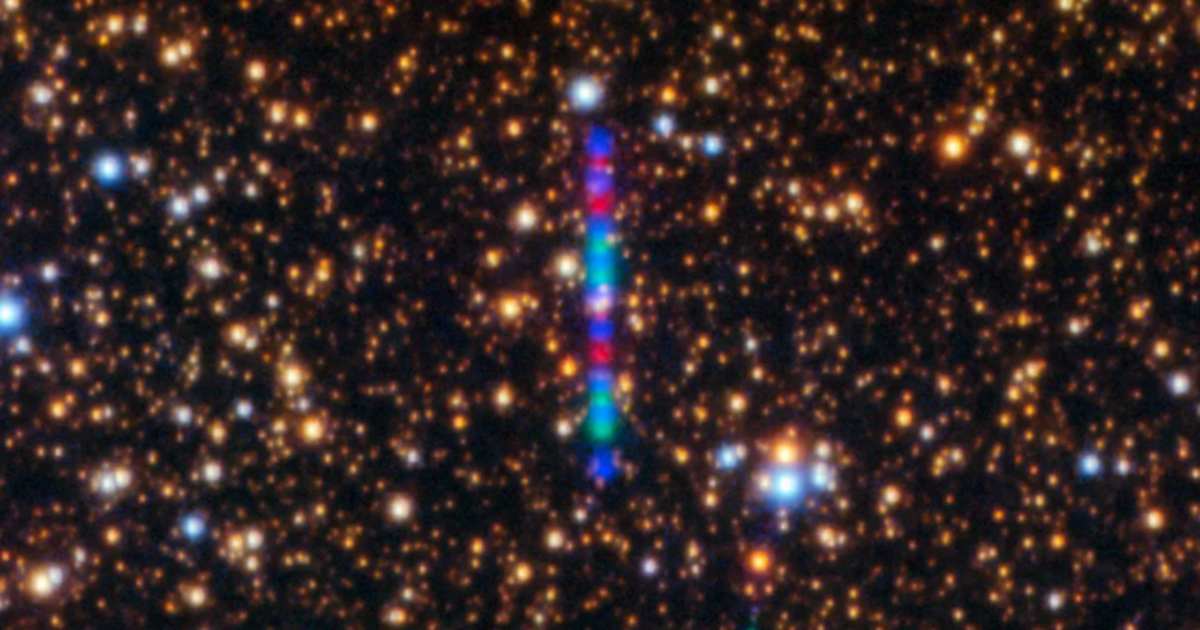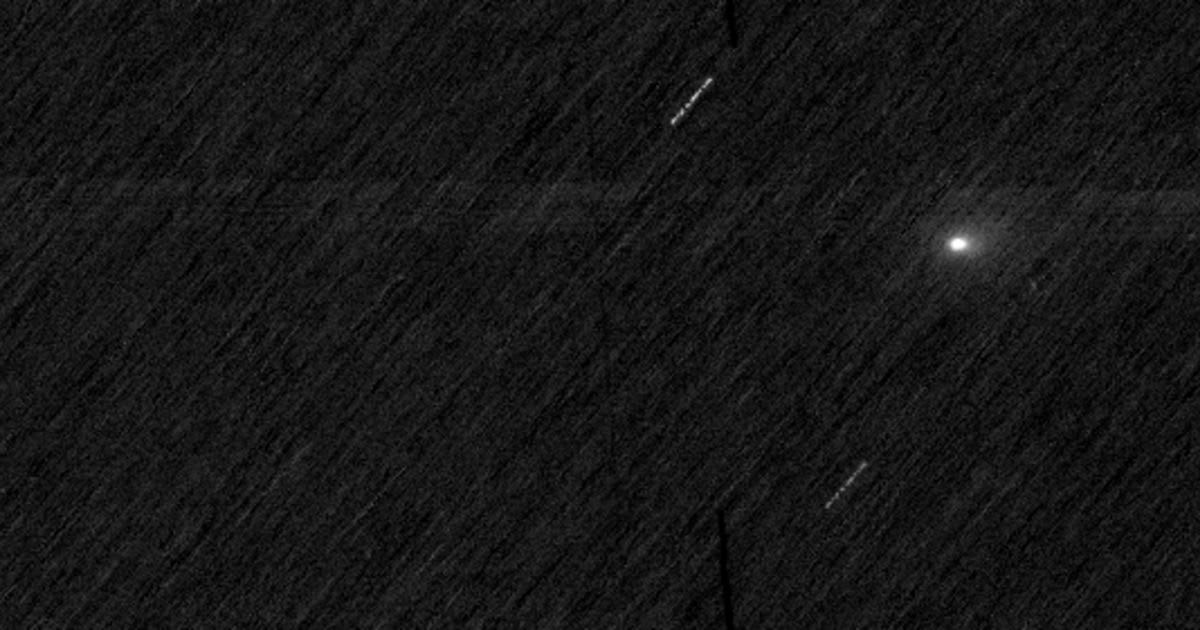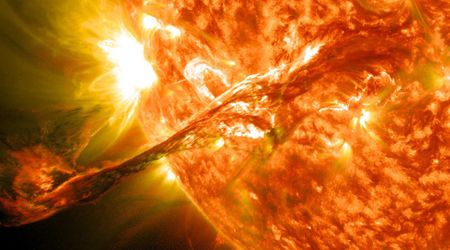NASA to release unseen 3I/ATLAS images on November 19: Here's everything you need to know

The wait is going to be over soon. NASA just announced that it is going to share never-before-seen imagery of interstellar comet 3I/ATLAS at a live event to be held at the Goddard Space Flight Center in Greenbelt, Maryland, at 3 p.m. EST on Wednesday, November 19. The images taken by its various telescopes and spacecraft over the past month or so could not be shared, let alone discussed, with the general public because of the U.S. government shutdown that began on October 1 and ended on November 12.

It was a real bummer that NASA couldn’t communicate with the public during that time. That’s because on October 29, 3I/ATLAS, only the third interstellar object discovered till now, made its closest approach to our Sun—a phase during which it was at its brightest and most active, thanks to the sublimation of its surface ices from the heat of the star, according to LiveScience. Not to mention, during that time, it also made its closest approach to Mars, reaching within 19 million miles (30 million kilometers) of the planet.

Just to put things into perspective, when it makes its closest approach to Earth on December 19, 3I/ATLAS will come no closer than 170 million miles (273 million kilometers). Thankfully, the ESA’s ExoMars TGO satellite had us covered during that time. The images it managed to take of the comet during its flyby past the Red Planet are the closest images of the object we have until now. But since the ExoMars TGO was only designed to observe the surface of Mars, just a few hundred miles below, and not distant fast-moving objects, its Colour and Stereo Surface Imaging System (CaSSIS) couldn’t distinguish the coma from the tail.

“This was a very challenging observation for the instrument,” said Principal Investigator Nick Thomas of the CasSSUS camera, per the ESA. “The comet is around 10,000 to 100,000 times fainter than our usual target.” That being said, the ESA was able to achieve 10x accuracy in triangulating the comet’s position by comparing the data from the Mars orbiter with observations from Earth telescopes.

According to Harvard astronomer Avi Loeb’s Medium blog, among the images released by NASA will be those from the HiRISE camera onboard the Mars Reconnaissance Orbiter. Loeb is confident that the images would help us get a better understanding of the shape of the anti-tail of 3I/ATLAS, as it would come with a side-view and a spatial resolution much higher than the last high-resolution image obtained by the Hubble Space Telescope on July 21, 2025. Additionally, Loeb believes that the images could also assist in establishing a better estimate of the diameter of the nucleus.

As for the NASA event, it is set to air on multiple platforms: NASA’s app, NASA+, its official website, and YouTube channel, along with Amazon Prime.
More on Starlust
'Other' comet ATLAS caught breaking apart ahead of its upcoming Earth fly-by
Penn State astronomer rebuts Avi Loeb’s claims of 10 'anomalies' in 3I/ATLAS









